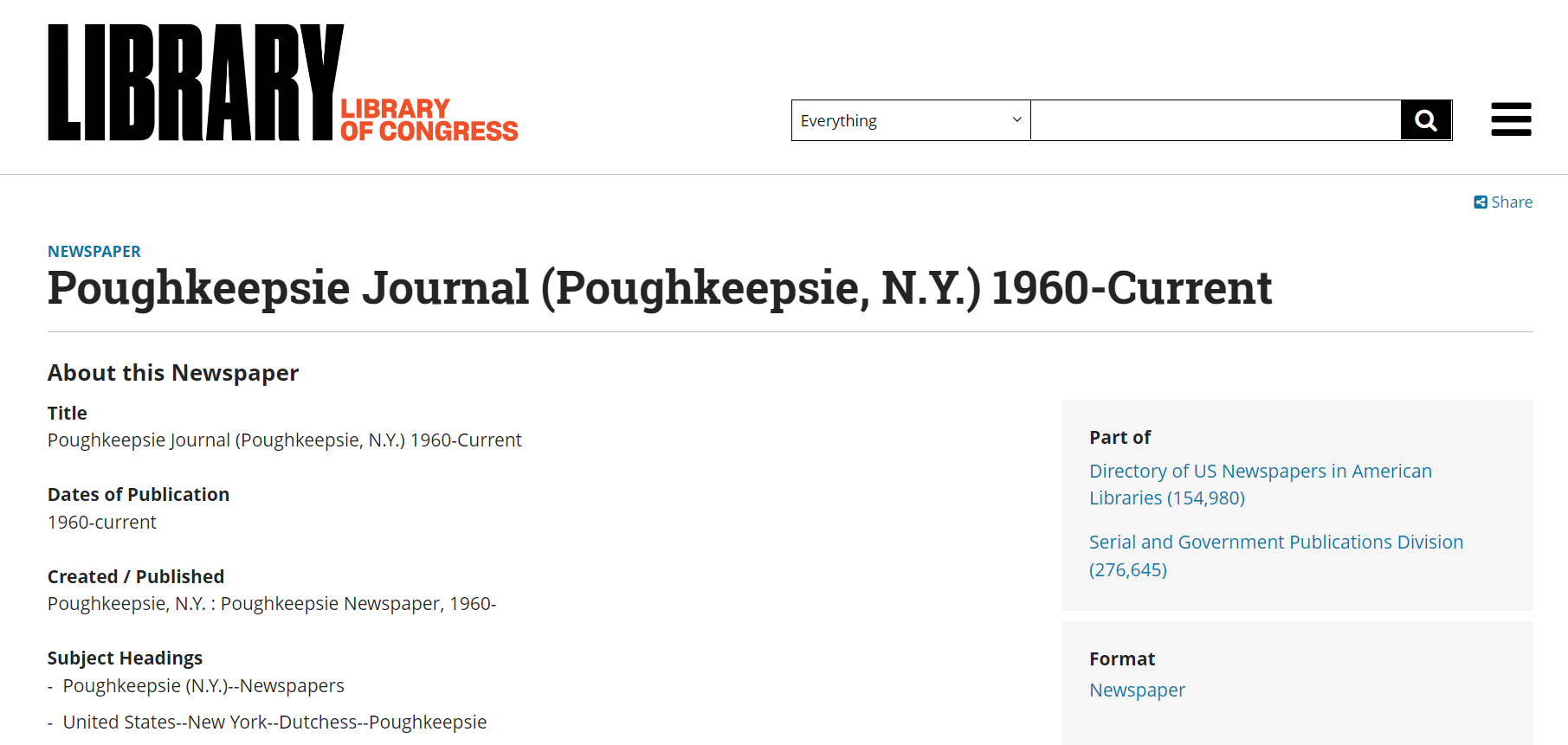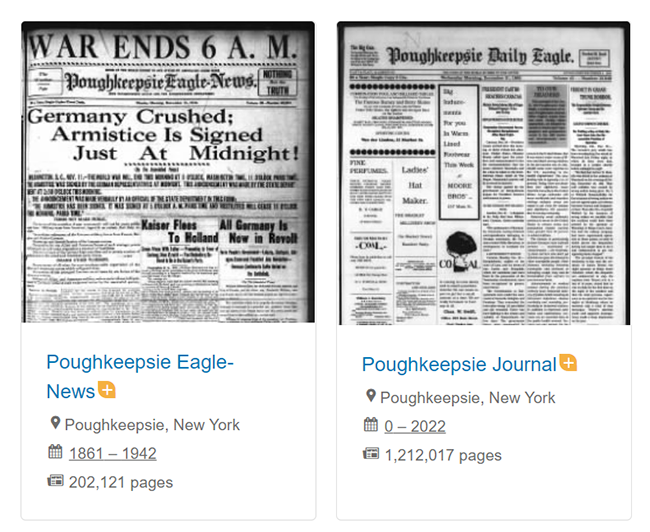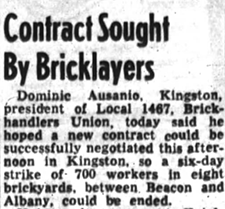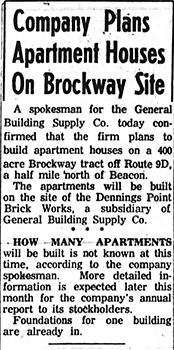Taking Advantage of Free Access to Pay-wall Resources: Newspapers.com
Every so often, genealogy websites will offer free access to their materials. These typically happen around the holidays (like Newspapers.com’s recent free access offer for President’s Day), but they may happen more regularly too (such as accessing Ancestry for free from your public library). While you should definitely take advantage of these opportunities, in order to make the most out of them, it pays to be prepared.
If you want to find some treasures to help you with the next steps in your research, make sure you have well-defined research goals before jumping in. Keeping your research goals organized keeps you focused. Sure, you can always type in ancestors’ names and important dates and sometimes, you’ll find something relevant. But what if you could increase the chances of finding something important?
I’ll show you what I mean by showing you how I searched Newspapers.com to find clues to a current research challenge.
Finding Newspapers on Steave Green
Lately, I’ve been piecing together the life of my great-grandfather, Steave Green. I had already gathered some newspaper articles containing his obituary. But there were still other events and topics relating to him and his family that I could find in newspapers.
I previously created a timeline of Steave’s life to keep track of his life events. I reviewed this timeline in order to find events that would be likely to be in newspapers. Then I put them in an Excel spreadsheet to create a list of things to search for.
I call it my “Newspaper Log”:

Each spreadsheet page has information relating to a specific family branch. I could even separate each page by individual instead if I needed to.

Creating the Newspaper Log
Using the following columns helps me keep my details straight and identify which newspapers to look through:
- Event/Topic: A few words that describe the event or topic I’d like to research.
- Possible Date(s): Either the date or range of possible dates that the event happened or that the topic was likely to be mentioned.
- Event Location(s): The possible locations where the event may have happened.
- Person(s): The individual(s) who may have been involved or may be mentioned.
- Additional Notes: Any extra research notes that may be helpful for my search.
- Possible Newspapers: A list of newspapers to start searching.
- Possible Keywords: Any search keywords I could use to help narrow my search.
- Relevant Sources: Other sources that verify that the event happened or that the topic existed.
Finding Newspaper Titles
If you don’t know which newspapers to search first, I recommend checking out the Library of Congress’s collection, Directory of US Newspapers in American Libraries. I’ve found it to be super helpful for figuring out what locations and time periods newspapers have covered.

And if you scroll down further, it tells you which libraries have a copy of the newspaper and what format they have it in:

Searching for Newspapers
So with my log in hand, I can start searching for newspapers! I know that I want to find information about the history of Steave’s employer, Dennings Point Brockway Brick Works, and the work-related accident that caused his death. Learning more about his employer could lead to more records and provide more information about the nature of his work.
Unfortunately, a quick location search on Newspapers.com told me that they do not have any newspapers based in Beacon, New York. I would have to check with local public libraries and archives for Beacon newspapers. But Newspapers.com does have newspapers from the Poughkeepsie Journal and the Poughkeepsie Eagle-News.

Google Maps told me that Poughkeepsie isn’t too far away from Beacon, should their newspapers could be a good place to start.
A map showing the distance between Poughkeepsie, New York and Beacon, New York
What Did I Find?
My initial searches of “Dennings Point Brickworks” and “Steave Green” and “January 1959” didn’t lead to articles that referenced Steave’s accident (which occurred sometime in late January 1959). However, by expanding my search to include the 1950s and the 1960s, I found some pretty interesting articles related to his employer.
 In 1950, employees at the brickyard were on strike. As many as 700 workers between Beacon and Albany were involved. It’s possible Steave was part of it too!
In 1950, employees at the brickyard were on strike. As many as 700 workers between Beacon and Albany were involved. It’s possible Steave was part of it too!
I wonder: when and how did the strike end?

In 1962, the Dennings Point Brockway Brickworks site was slated for demolition. Apartments would go up in their place. This confirmed the location of the brickyard: "off Route 9D, a half mile north of Beacon." And this told me that the original buildings do not exist at this site anymore.
I also found other articles that spanned from folks stealing copper from the site in 1934, to two other accidents at the brickyard (unfortunately, not my great-grandfather's). By exploring articles from the early 2000s, I found stories that reflected on the brickyard's history.
The Search Continues!
Although I didn't find articles that mentioned Steave specifically, the articles I did find added depth to what I already knew about his community and his employer. Now I can use this information to better understand his community's history and where he fits into it.
These articles also give me other leads for identifying potential records or contacting local historians. If I want to continue searching for articles about Steave's accident, I would probably need to access Beacon newspapers. Luckily, now I know exactly what libraries I need to contact to do that!
By keeping your research goals focused, you can maximize the time you spend searching for records and find records that are more likely to help you build upon your research.